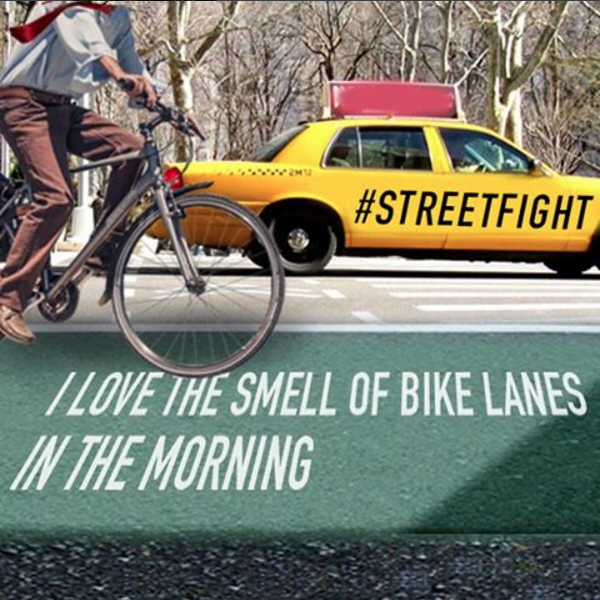

Following this story’s tracks through to contemporary New York City, through interviews, participant observation, and secondary analysis, the project examines the political and economic circumstances that accelerated the automobile’s local habitat loss, and how this is related to competing visions for the City’s future.

These early decisions re-designating the public domain for private, motorized movement cemented a long generation of sunk infrastructural costs and lost productivity down economic roads too congested and unpleasant to travel. Long famous for their unique quality of public life, from the 1920s, a gradual shift to automobile-centric urban planning began to eliminate streets’ social multi-functionality.


Besides managing these essential – and excruciatingly dry – responsibilities, Bloomberg asked Sadik-Khan to think big when it came to ensuring that theĪBSTRACT This dissertation explores the conditions under which New York City’s streets, beginning in 2006, became a target for the city government’s “sustainability” goals. It is the body relied upon to keep more than 6,000 miles of streets and hundreds of bridges in a state of good repair, fix potholes, and clear gridlocked roads of car accidents. The DOT is the city organ directly responsible for managing the huge, vital, and aging street network that underpins the operation of the city's economy. Once in the driver's seat, she discovered the Department (" DOT ") to be an entrenched and massive bureaucracy handicapped by both a devotion to decades-old engineering manuals, and a mission thoroughly depressing in its narrowness: Move cars. He found her experience and vision compelling, and was convinced she was the right woman to take the reins of the City's Department of Transportation. The book begins with the vetting process she went through before former Mayor Michael Bloomberg appointed her as Transportation Commissioner. This work is more survivor's account than handbook, but it is an interesting read nonetheless. One could hardly be blamed for assuming a " handbook " for urban revolution would provide guidelines and step-by-step checklists for remaking the streets of a city. While " Streetfight " is indeed a highly appropriate description of her battles with a diverse array of opponents, the part of the title that follows the colon feels somewhat less apt. It's worth pointing out early on that the title of the book is somewhat misleading. Former Mayor Michael Bloomberg, and the book traces her experience in that role from 2007 to 2013.


 0 kommentar(er)
0 kommentar(er)
